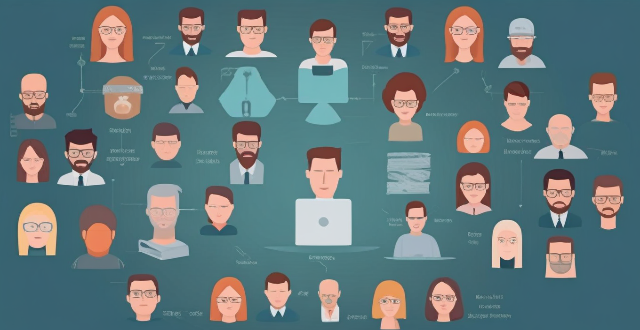Using outdated software poses risks including security vulnerabilities, compatibility issues, and limited functionality. Regular updates are crucial for maintaining security, compatibility, and access to new features.

Risks Associated with Using Outdated Software
Introduction
Using outdated software can pose several risks to individuals and organizations. These risks can range from security vulnerabilities to compatibility issues, affecting productivity and potentially leading to financial losses. In this article, we will discuss the main risks associated with using outdated software.
Security Vulnerabilities
Increased Susceptibility to Malware
- Outdated software often contains unpatched security flaws, making it easier for hackers to exploit these vulnerabilities and gain unauthorized access to systems.
- Malware attacks, such as viruses, spyware, and ransomware, can infect outdated software more easily, causing data loss or theft.
Lack of Support for Encryption and Data Protection
- Older software versions may not support the latest encryption standards, leaving sensitive information vulnerable to interception or unauthorized access.
- Data protection regulations, like GDPR or HIPAA, require strong security measures that outdated software may not meet, resulting in legal consequences for non-compliance.
Compatibility Issues
Incompatibility with Modern Systems and Devices
- Outdated software may not run smoothly on newer operating systems, leading to crashes or reduced performance.
- Hardware incompatibilities can cause issues when using outdated software on modern devices, affecting productivity and user experience.
Difficulty in Integrating with New Applications
- Integration challenges arise when trying to use outdated software with new applications, limiting the ability to streamline workflows and automate processes.
- Interoperability issues can also prevent seamless communication between different software systems, hindering collaboration and data exchange.
Limited Features and Functionality
Missing Important Updates and Enhancements
- Outdated software lacks the latest features introduced in newer versions, which could improve efficiency and enhance user experience.
- Performance improvements are often included in software updates, but using an outdated version means missing out on these optimizations.
Difficulty in Meeting Modern Business Needs
- Businesses rely on software to manage their operations, and using outdated software can limit their ability to adapt to changing market demands and customer expectations.
- Scalability concerns arise when outdated software cannot handle increasing workloads or support growing user bases effectively.
Conclusion
Using outdated software comes with significant risks that can impact security, compatibility, and functionality. It is essential for individuals and organizations to keep their software up-to-date to mitigate these risks and ensure smooth operations. Regularly updating software helps protect against security threats, maintain compatibility with modern systems and devices, and provide access to the latest features and functionality. By prioritizing software updates, users can enjoy improved performance, enhanced security, and better overall user experiences.